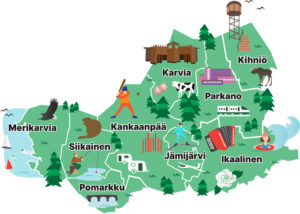Last year, I attended a Master’s program in European Planning at the University of Cagliari. This theoretical and practical course allowed me to become a project manager skilled in managing European projects, delving into the policies the EU is implementing, the challenges it faces, and the new growth prospects, from climate change to gender equality and rural development. This fostered a passion for Europe within me, which transformed into a hunger for knowledge and the desire to help make the European Union a better place.
As my course was nearing to finish, I learned about an Erasmus+ project promoted by the MineVaganti association. It was a short-term mobility to be undertaken at a company of my choice or with an association already part of the partnership. Unfortunately, I had never had an experience abroad. When I was studying Law at university, international programs were not facilitated (fortunately, things have changed) and required considerable financial resources. Faced with this opportunity, I began to seriously consider it.

Coming from Sardinia often means feeling physically isolated, with physical mobility limitations. It’s a beautiful land that is part of every Sardinian’s soul but often translates into a need to connect with different realities, very different from Sardinia.
One country immediately caught my attention: Finland. A modern, open, and quite cool country (which I don’t mind). A reality aligned with my way of being and seeing life, in some ways very different from the Italian reality. I wondered: would I find a country with a climate, culture, and society profoundly different? It would be the perfect experience to learn about new cultural elements, challenge myself, and grow both personally and professionally. Observing and closely studying European projects, from their design to the spirit that characterizes them. My destination would be Kankaanpää, a small town in the Satakunta region (a town where hundreds of modern works of art are scattered),
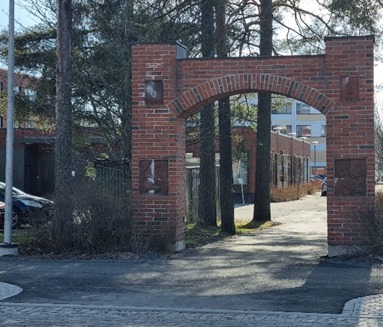
at the LAG Leader Pohjois-Satakunta, which deals with rural development.
I must admit, I had many fears and was not convinced I had any chance of winning the scholarship. I sent my application on the last day, convinced I would not be chosen. Instead, here I am (always have faith)
I left on May 1st from Cagliari, with a brief stop in Rome and then in Helsinki. From Helsinki, the adventure began.
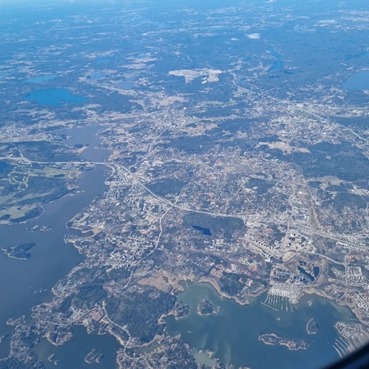
A train destined for Parkano, passing through Tampere (I admit, a city I had never heard of until then). Here, the project manager, the very kind Krista Anttila, welcomed me, and we headed towards Kankaanpää.
Immediately, I was captivated by the landscape. It was cold but not too much (spoiler: spring arrived with its 26 degrees, sadly no snow). The nature is dreamy. Forests everywhere.
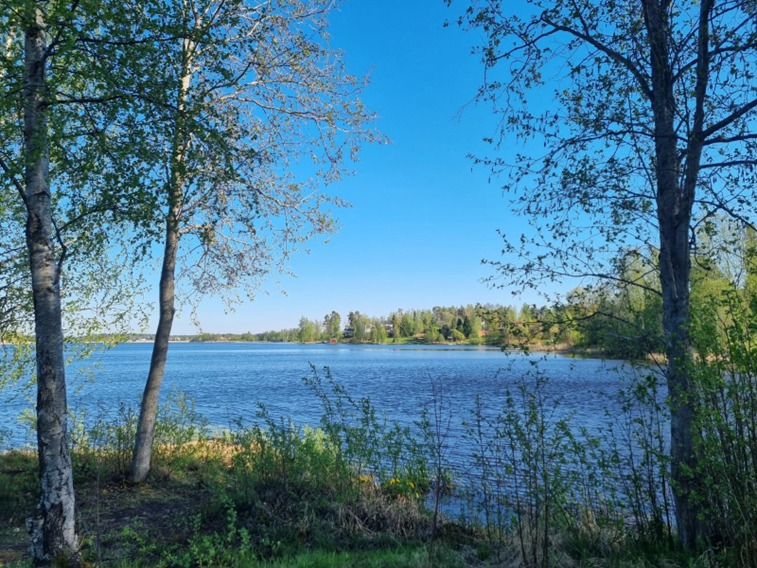
Cities, villages, and homes nestled in the greenery, with rural urban areas in harmony with the environment. Everything in continuity. The forests are close to the houses, and it’s as if the gardens and parks are a natural extension
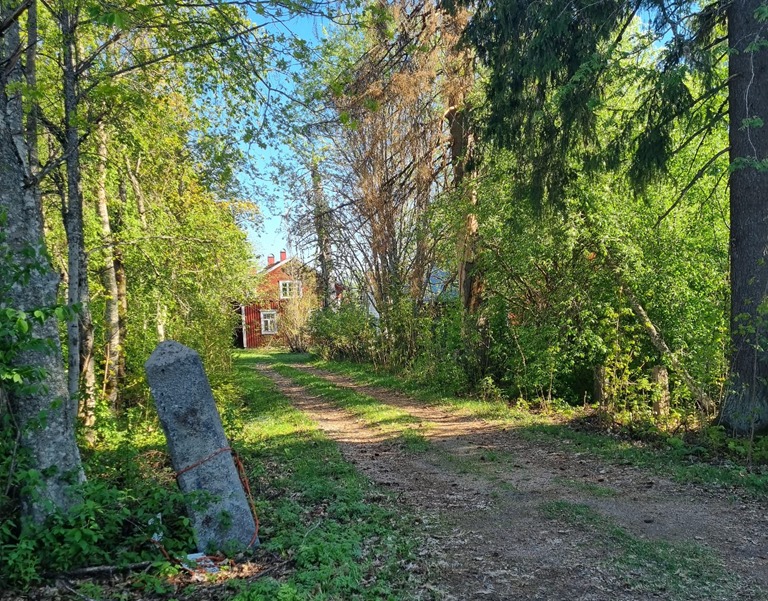
From the beginning of my experience, I had the honor of telling schoolchildren what Erasmus+ is and the opportunities it offers.
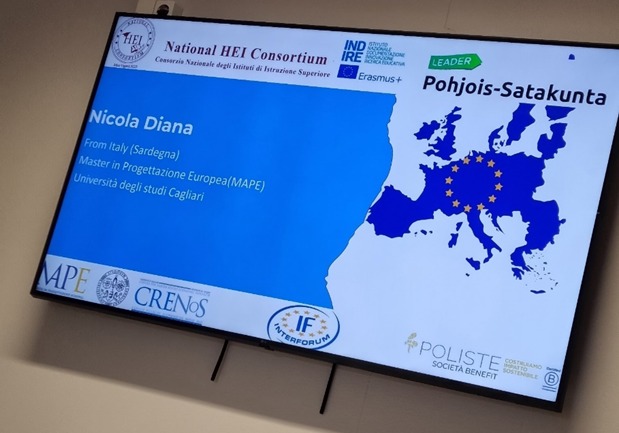
I met several classes, both middle and high school, talking about Italy and Sardinia, and hometown, Iglesias. I tried to provide both technical and cultural information, bringing geographically distant realities closer together. The students always showed interest, even during fairly long presentations.
But I also learned. I discovered a school system very different from the Italian one. Large and modern institutions, often at the center of the community, where access is a right for everyone. No barriers or fences. The students are divided into classes with small groups or not-too-crowded courses. A familiar and relaxed environment where students, strictly without shoes (quite strange for an Italian), move freely to read, do homework, study, work in teams, and receive help from teachers. Moreover, they have access to countless activities: from music to theater, sports to gaming, practical workshops in home economics or carpentry, and many other services the schools offer (medical, psychological, career guidance). Places where you feel at home and are encouraged to stay and study. But what struck me the most were the large relax areas for teachers, where they can eat, grade papers, organize lessons, talk among themselves, and relax between classes. I visited the schools in Karvia and Parkano, and I had the pleasure of accompanying a Parkano class to the Satakunta University of Art in Kankaanpää, visiting various projects funded by the LAG.

During my journey, I closely observed the projects funded by Leader Pohjois-Satakunta. They were varied and diverse projects, often realized thanks to the work of volunteers who co-financed the project or provided building materials for the construction of structures. Additionally, the LAG makes efforts to inform groups of children, teenagers, and seniors about these projects. An essential activity for raising awareness about the importance of European funds, bringing people closer to these services to ensure their success and create interest and support for future projects.
I visited the Skantz Cultural Center, a summer arena for performances entirely made of wood that mimics the structure of an ancient castle present in the area.

Along the Art Road (Taiteidenreitti), where along the path there are artistic works that residents enrich with new installations during the summer, I visited the open-air museum of Alpon Savanni, where art and recycling merge, offering artistic and environmental reflections.
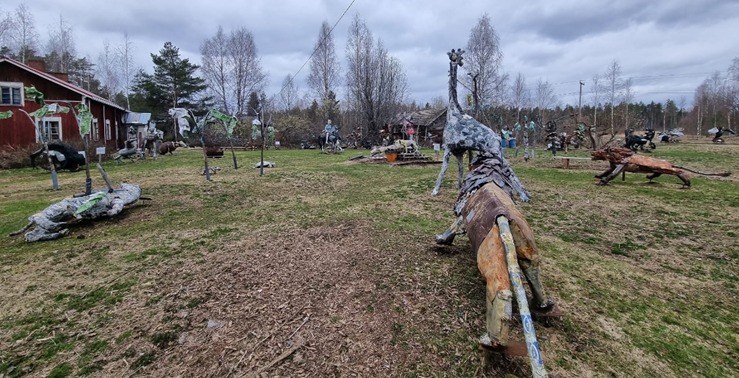
I visited Pesämäki in Honkajoki, a track built with Leader funds that offers various services.
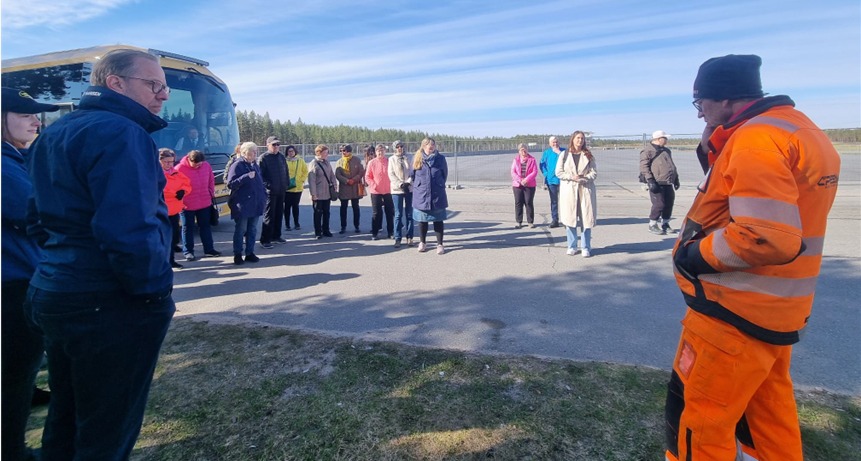
And again, the scientific and cultural center in Honkajoki, which conducts training and awareness activities on environmental and scientific issues related to the UNESCO-recognized geopark.
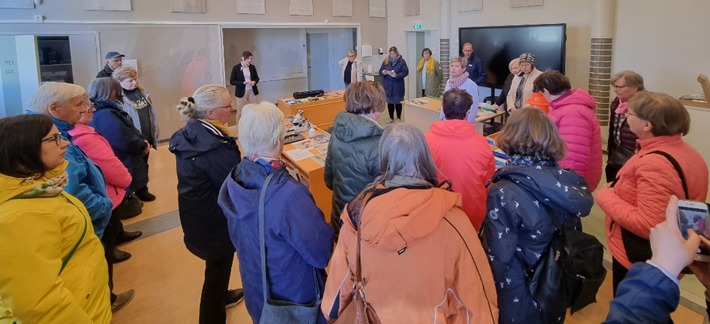
I enjoyed the hospitality at Marjasuon Metsästäjät, where, over a coffee, they told us how three different associations, thanks to Leader funds, managed to restore an old structure used by hunters, now for rental also used by groups, of course with saunas included.
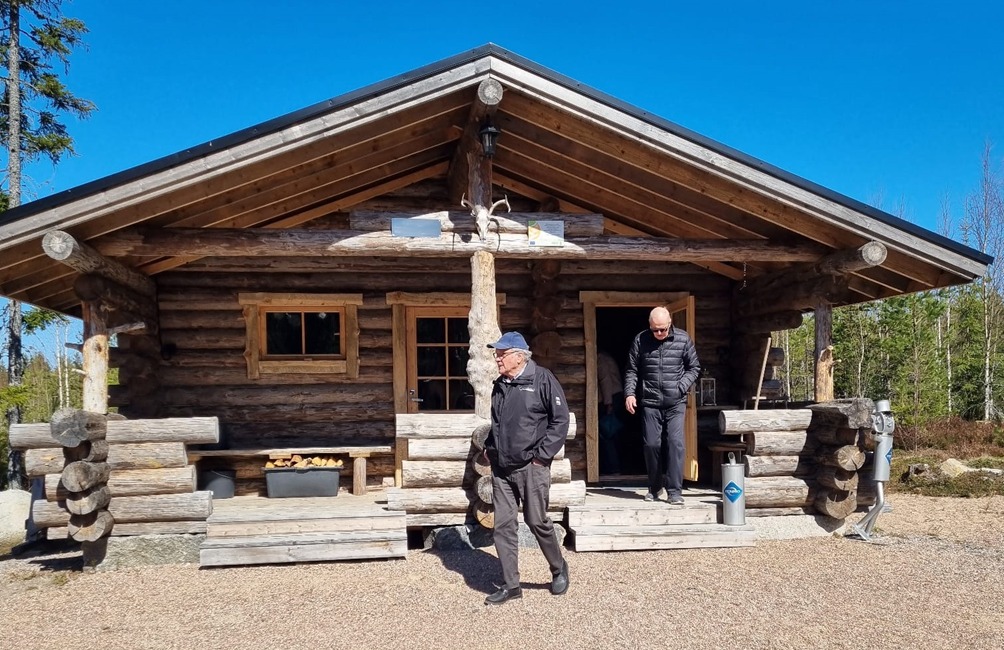
Two projects, however, stole my heart. The first concerns the environment and peace. After the meetings with the children, they were given a small spruce plant to reforest and combat the carbon footprint, but also as a symbol of hope for peace. The tree will grow with them, witnessing a future of peace for everyone.
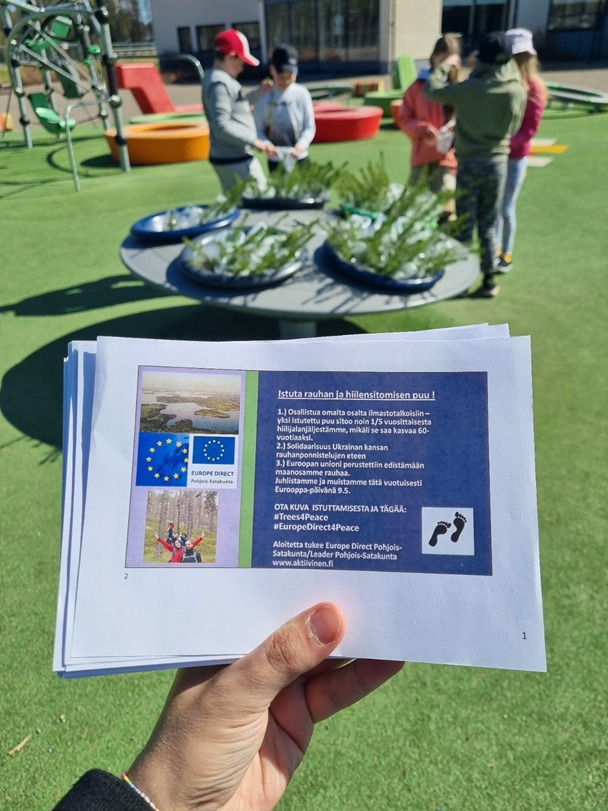
The other project is ”Poems for Peace,” an exhibition that will be set up in June, where poetic compositions from all over Europe on the theme of peace will be displayed.
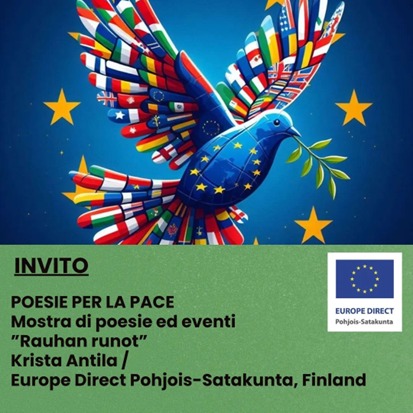
We immediately decided to involve the Sardinia’s LAG and Sardinian territories that showed interest in supporting this event. This demonstrates that there is always a need to create connections, and that art and the desire for peace are perhaps the best bridges to set aside differences, appreciate them, and build strong relationships.
My Erasmus is not yet over; there are still many activities, but I can certainly say that, besides the differences, common points have emerged. I am grateful for this unique opportunity.
I’m love for this country.
Ps. I’m totally in love with this country but I didn’t get to see the Northern Lights and the snow, so I’ll have to go back soon

